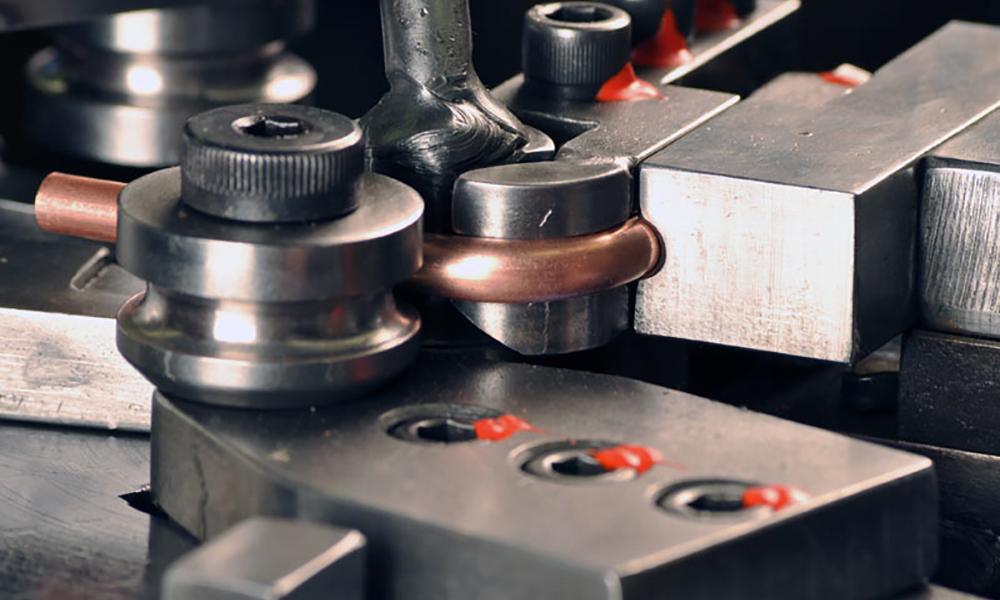In any metal Industry or Engineering based company, Tube Bending is common process. Industrial pipes and tubes are treated as a base item in manufacturing construction and the transportation of various materials. The main application of bent tubes is in the form of structural component. For example as elements of metal furniture frames, car rolls cages, handrails etc. In today’s age of competition, there are many automated techniques are evolved for tube and Pipe Bending. These techniques are the efficient way of tube bending, allow the companies to meet the today’s challenges and survive.
Different types of Tube Bending Processes
Tube Bending is also known as metal fabrication. There is several number of techniques or processes are available for tube bending that includes draw, press, ram and roll bending. The common principle to bend the tube is to apply pressure on it. Each technique follows this principle in different ways. The way in which this principle is followed is highly affects the quality and efficiency of bent pipe. Some processes are:
Bending Forces: It is a general phenomenon that when a tube is bent, the wall of the tube at the point of bent, changes. The outer wall stretches and becomes thinner, whereas the inner wall becomes thicker due to compression. It affects the quality of tube. Hence it is an important part of the pipe bending process. It should be done in a proper way to control the deformation and to make sure that a smooth bend is achieved.
Generally, the deformation problem occurs with the thinner tubes. The probability of deformation with the thinner tube having large radius is very less. The type of treatment with the tube as to avoid deformation is determined by the wall factor; Wall factor, which is the ratio of the tubes wall thickness and its diameter. And the second factor which allows choosing between the types of treatment is the basic comparison between the centreline radius and external diameter of the pipe. This comparison helps in finding whether bending radius is manageable limit or not? These two factors provide perfect solution to choose among the various treatments.
Mandrels:
It is a modern tool for tube binding. This tool is inserted in the pipe up to the point of the bend so as to provide support for the pipes while the bending process.
Wiper Dies:
This tie is used mainly with the thin pipes to avoid deformation during bending. A wiper die reduces the chance of wrinkling occurring.
Elongation:
Elongation describes the degree to which the material of a pipe from which it is made, can be stretched. It avoids suffering structural failure in advance. It is a preventive technique. So, select the right method always for Tube Bending.

